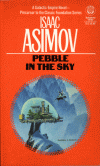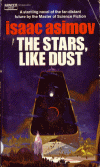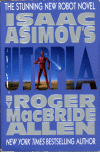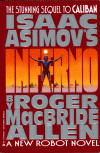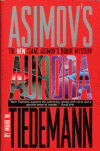Prelude to Foundation by Isaac AsimovPrelude to Foundation by Isaac Asimov
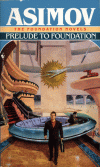
Roughly twelve thousand years have passed since the founding of the Galactic Empire. Almost the whole galaxy has been explored and populated accounting for 25 million inhabited worlds, most of which have at least 1 billion people each. Trantor is the ruling world of the Galactic Empire. It is covered completely with domed cities that go far under ground except for just 250 square kilometers which made up the Imperial palace grounds. Hari Seldon, a mathematician from Helicon, has traveled Trantor to give a presentation on his new theory called psychohistory. While psychohistory could ‘theoretically’ help predict future events, Hari is interested in it only as a theory and feels that it could never become practical. (more…)
